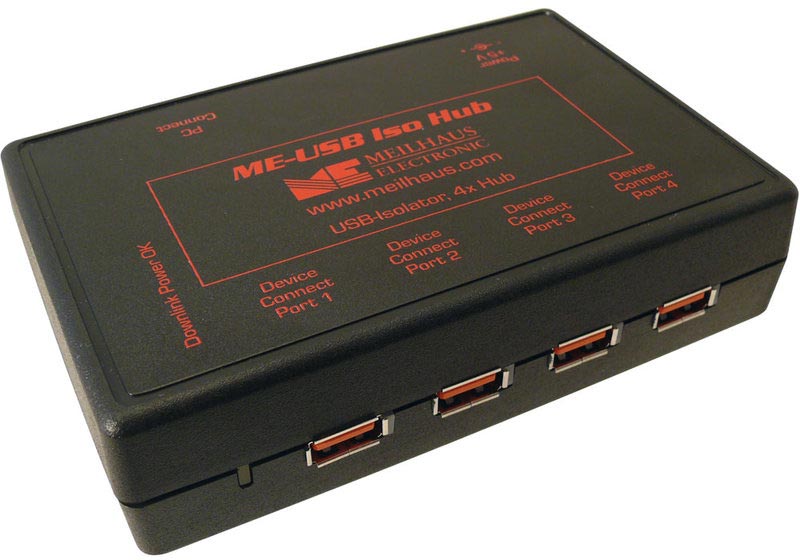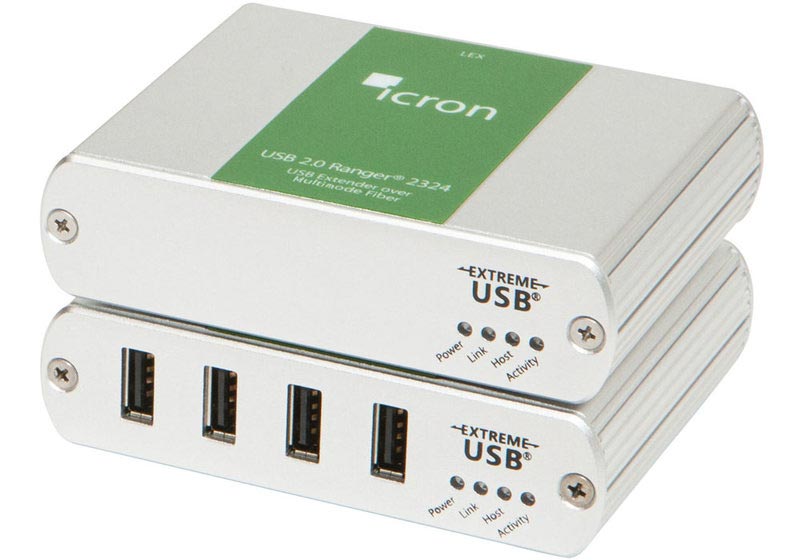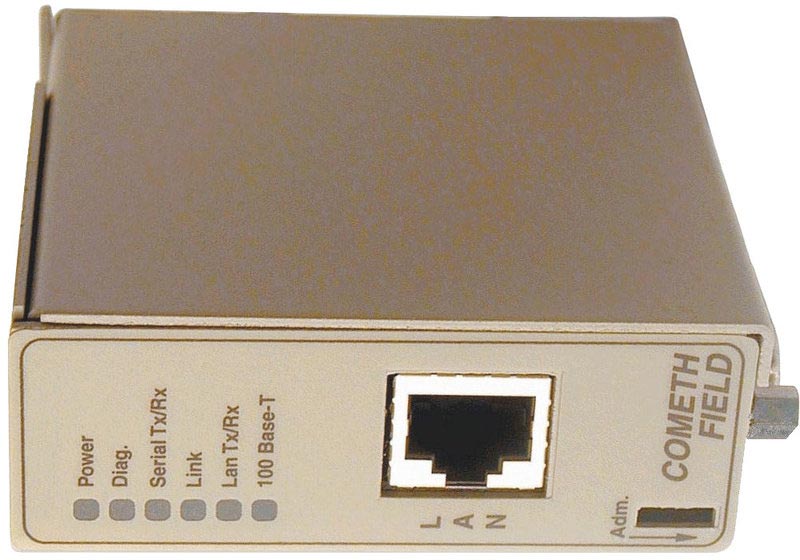Meilhaus Electronic Port Devices Driver
- Meilhaus Electronic Port Devices Driver Ed
- Meilhaus Electronic Port Devices Driver Windows 7
- Meilhaus Electronic Port Devices Driver Updater
Have you had difficulty using a USB to RS-232 adapter to connect your RS-232 device to a computer? If so, you are not alone. Our customers frequently encounter issues with these adapters. In this article, I’ll briefly discuss the origin of these issues and provide you with some suggestions for successfully handling them.
The Evolution from RS-232 to USB
Additionally, devices that bridge between bus types, such as a device driver that enables a parallel port device to emulate a SCSI or an AT Attachment Packet Interface (ATAPI) bus, are also known to generate an unknown-device response in Device Manager. Garmin Support Center is where you will find answers to frequently asked questions and resources to help with all of your Garmin products. USB Network Gate for Android - share devices attached to your Android smartphone, tablet, etc. With multiple remote users over the network. Get on Google Play Android 5.0 and up, v 5.0.0. 2.87MB.

In the old days of personal computers, one of the primary connections available was the RS-232 serial port. Apart from the parallel port, it was the primary means to connect an external device. The connector was reduced from a 25-pin connector to a 9-pin connector, but RS-232 ports remained present on every computer for many years. Built-in RS-232 ports featured direct mapping to memory and worked at a high priority. Data practically flowed directly to and from the software that was accessing the serial port.
In 1996, the Universal Serial Bus (USB) standard was introduced as a replacement for the serial connector and other connector types that were typically found on the back of computers. The USB provided smaller connectors and more data throughput than the serial and parallel interfaces it replaced.
USB devices have high throughput, but they use a shared data bus. Data is wrapped up and transferred in packets. To handle the packets and move data in and out of the program accessing the USB device, a software driver is needed. The software driver sits between the hardware and the computer program you are using, and it must be installed and working correctly.
The Necessity of an Adapter
With the widespread adoption of USB, most computers sold now do not have an RS-232 port. Therefore, to connect an RS-232 device (such as a CR1000) to a computer, you need to use a USB to RS-232 adapter, such as the 17394 converter.
While USB to RS-232 adapters perform a necessary function, they do have some limitations. For example, there are three types of problems that you may encounter when using a USB to RS-232 adapter:
- Driver issues
- Hardware issues
- Performance issues
Issue #1: Driver
The most common problem that our customers encounter with a USB to RS-232 adapter is getting the proper driver installed. The driver must correspond to the chip inside the cable—not to the manufacturer of the cable.
For USB to RS-232 chips, there are two primary manufacturers: Prolific and FTDI. Because off-brand chips with poor drivers are unreliable, Campbell Scientific recommends and currently sells a cable using an FTDI chip (part number 17394). We chose this cable because it uses a chip that has a certified driver available on Windows Update. (The older cables were silver in color and did not have a driver available for Windows beyond version 7.)
Tip: Test your USB adapters in the office with your field computer. When you are in the field, your computer won’t have an Internet connection to automatically download and install the driver.
If the driver for your adapter is not automatically installed or cannot be installed from a CD, you will need to identify the chip in your cable and locate the driver on the Internet. Some manufacturers identify on their packaging which chip is used inside their cable. You can also identify a cable’s chip from the Windows Device Manager by following these steps:
- In the Windows Device Manager, right-click your device from the list.
- In the drop-down menu that opens, select Properties.
- In the Properties dialog box, select the Details tab.
- In the Property field, select Hardware Ids from the drop-down menu.
- In the Value field, there is both a VID (Vendor ID) and a PID (Product ID). These IDs respectively indicate the manufacturer and the model number of the chip.
- In the example above, I did a quick Internet search for VID 0403 PID 6011, which revealed to me that the chip is an FT4232 manufactured by FTDI.
- After you know your chip type and manufacturer, you can locate and download the correct driver for your version of Windows.
Issue #2: Hardware
USB to RS-232 adapters are commodity pieces of computer equipment. As much as we all wish that everything was as reliable as the CR1000, all adapter cables eventually fail.
Although there are two primary companies that manufacture USB to RS-232 adapter chips, there are many cable manufacturers who offer varying levels of cable quality.
- Higher-quality, industrial models should last longer, but they wear out over time—just like any field tool.
- A poorly constructed cable could have components that fail in a short period of time—perhaps even by the time you receive the cable.
I have seen several cases where old cables could no longer handle 115200 baud, but the cables still worked on low baud rates. There have been many more cases where a USB cable stopped working half-way through a day in the field.
Tip: If your field site is far from your office, take two USB to RS-232 cables with you. Lost time in the field can be a lot more costly than the purchase price of a second cable.
Issue #3: Performance

As mentioned previously, USB uses a shared data bus with packetized communication. The packetized communication introduced some latency (data transfer time) that wasn’t present with built-in RS-232 ports. Unfortunately, latency makes a noticeable difference when you download large amounts of data or upload a new operating system.
The driver for FTDI chips allows you to lower the latency time on packets. To do this, you can use the Latency Timer field, which is accessed through the Windows Device Manager. Follow these steps:
- From the Windows Device Manager, right-click your device from the list.
- In the drop-down menu that opens, select Properties.
- Click the Port Settings tab.
- Click the Advanced… button.
- In the Advanced Settings window, navigate to the Latency Timer field, and reduce the setting to 1 for best performance.
In addition to lowering your latency time, I also recommend disabling the Selective Suspend option for your cable. The Selective Suspend option allows Windows to put your hardware to sleep, which can result in corrupt data packets. To disable the Selective Suspend option, clear the checkbox for the Enable Selective Suspend field on the Advanced Settings window for your device.
Note: The Selective Suspend option is already disabled by default in the FTDI driver.
Conclusion
Newer data logger designs, such as the CR6, feature a native USB connection. Many devices, however, will feature RS-232 connections for years to come, and we’ll need to continue using USB to RS-232 adapter cables. I hope the suggestions I’ve provided help. Feel free to share any USB to RS-232 issues that you have encountered by posting a comment below.
Windows 7 SP1,Windows 8,Windows 8.1,Windows 10
- The USB-MIDI Driver is for use with Studio Manager V2 Host, Editor, PM1D Manager and DME Designer.
- Be sure to use the latest versions of the software available on this Yamaha Pro Audio site.
- Please download32-bit driverwhen you use 32-bit Windows.
System Requirements

| OS | Windows 10 | Windows 8.1, 8 | Windows 7 (SP1) |
|---|---|---|---|
| CPU | 64-bit: 1.4GHz or higher | 64-bit: 1.4GHz or higher | 64-bit: 1.4GHz or higher |
| Memory | 2GB or more | ||
| HDD | 10 MB or more | ||
ATTENTION
PLEASE READ THIS SOFTWARE LICENSE AGREEMENT ('AGREEMENT') CAREFULLY BEFORE USING THIS SOFTWARE. YOU ARE ONLY PERMITTED TO USE THIS SOFTWARE PURSUANT TO THE TERMS AND CONDITIONS OF THIS AGREEMENT. THIS AGREEMENT IS BETWEEN YOU (AS AN INDIVIDUAL OR LEGAL ENTITY) AND YAMAHA CORPORATION ('YAMAHA').
BY DOWNLOADING OR INSTALLING THIS SOFTWARE OR OTHERWISE RENDERING IT AVAILABLE FOR YOUR USE, YOU ARE AGREEING TO BE BOUND BY THE TERMS OF THIS LICENSE. IF YOU DO NOT AGREE WITH THE TERMS, DO NOT DOWNLOAD, INSTALL, COPY, OR OTHERWISE USE THIS SOFTWARE. IF YOU HAVE DOWNLOADED OR INSTALLED THE SOFTWARE AND DO NOT AGREE TO THE TERMS, PROMPTLY DELETE THE SOFTWARE.
GRANT OF LICENSE AND COPYRIGHT

Yamaha hereby grants you the right to use the programs and data files composing the software accompanying this Agreement, and any programs and files for upgrading such software that may be distributed to you in the future with terms and conditions attached (collectively, “SOFTWARE”), only on a computer, musical instrument or equipment item that you yourself own or manage. While ownership of the storage media in which the SOFTWARE is stored rests with you, the SOFTWARE itself is owned by Yamaha and/or Yamaha’s licensor(s), and is protected by relevant copyright laws and all applicable treaty provisions.
RESTRICTIONS
- You may not engage in reverse engineering, disassembly, decompilation or otherwise deriving a source code form of the SOFTWARE by any method whatsoever.
- You may not reproduce, modify, change, rent, lease, or distribute the SOFTWARE in whole or in part, or create derivative works of the SOFTWARE.
- You may not electronically transmit the SOFTWARE from one computer to another or share the SOFTWARE in a network with other computers.
- You may not use the SOFTWARE to distribute illegal data or data that violates public policy.
- You may not initiate services based on the use of the SOFTWARE without permission by Yamaha Corporation.
Copyrighted data, including but not limited to MIDI data for songs, obtained by means of the SOFTWARE, are subject to the following restrictions which you must observe.
- Data received by means of the SOFTWARE may not be used for any commercial purposes without permission of the copyright owner.
- Data received by means of the SOFTWARE may not be duplicated, transferred, or distributed, or played back or performed for listeners in public without permission of the copyright owner.
- The encryption of data received by means of the SOFTWARE may not be removed nor may the electronic watermark be modified without permission of the copyright owner.
TERMINATION
If any copyright law or provisions of this Agreement is violated, the Agreement shall terminate automatically and immediately without notice from Yamaha. Upon such termination, you must immediately destroy the licensed SOFTWARE, any accompanying written documents and all copies thereof.
Meilhaus Electronic Port Devices Driver Ed
DOWNLOADED SOFTWARE
If you believe that the downloading process was faulty, you may contact Yamaha, and Yamaha shall permit you to re-download the SOFTWARE, provided that you first destroy any copies or partial copies of the SOFTWARE that you obtained through your previous download attempt. This permission to re-download shall not limit in any manner the disclaimer of warranty set forth in Section 5 below.
DISCLAIMER OF WARRANTY ON SOFTWARE
You expressly acknowledge and agree that use of the SOFTWARE is at your sole risk. The SOFTWARE and related documentation are provided 'AS IS' and without warranty of any kind. NOTWITHSTANDING ANY OTHER PROVISION OF THIS AGREEMENT, YAMAHA EXPRESSLY DISCLAIMS ALL WARRANTIES AS TO THE SOFTWARE, EXPRESS, AND IMPLIED, INCLUDING BUT NOT LIMITED TO THE IMPLIED WARRANTIES OF MERCHANTABILITY, FITNESS FOR A PARTICULAR PURPOSE AND NON-INFRINGEMENT OF THIRD PARTY RIGHTS. SPECIFICALLY, BUT WITHOUT LIMITING THE FOREGOING, YAMAHA DOES NOT WARRANT THAT THE SOFTWARE WILL MEET YOUR REQUIREMENTS, THAT THE OPERATION OF THE SOFTWARE WILL BE UNINTERRUPTED OR ERROR-FREE, OR THAT DEFECTS IN THE SOFTWARE WILL BE CORRECTED.
LIMITATION OF LIABILITY
YAMAHA’S ENTIRE OBLIGATION HEREUNDER SHALL BE TO PERMIT USE OF THE SOFTWARE UNDER THE TERMS HEREOF. IN NO EVENT SHALL YAMAHA BE LIABLE TO YOU OR ANY OTHER PERSON FOR ANY DAMAGES, INCLUDING, WITHOUT LIMITATION, ANY DIRECT, INDIRECT, INCIDENTAL OR CONSEQUENTIAL DAMAGES, EXPENSES, LOST PROFITS, LOST DATA OR OTHER DAMAGES ARISING OUT OF THE USE, MISUSE OR INABILITY TO USE THE SOFTWARE, EVEN IF YAMAHA OR AN AUTHORIZED DEALER HAS BEEN ADVISED OF THE POSSIBILITY OF SUCH DAMAGES. In no event shall Yamaha's total liability to you for all damages, losses and causes of action (whether in contract, tort or otherwise) exceed the amount paid for the SOFTWARE.
THIRD PARTY SOFTWARE
Third party software and data ('THIRD PARTY SOFTWARE') may be attached to the SOFTWARE. If, in the written materials or the electronic data accompanying the Software, Yamaha identifies any software and data as THIRD PARTY SOFTWARE, you acknowledge and agree that you must abide by the provisions of any Agreement provided with the THIRD PARTY SOFTWARE and that the party providing the THIRD PARTY SOFTWARE is responsible for any warranty or liability related to or arising from the THIRD PARTY SOFTWARE. Yamaha is not responsible in any way for the THIRD PARTY SOFTWARE or your use thereof.
- Yamaha provides no express warranties as to the THIRD PARTY SOFTWARE. IN ADDITION, YAMAHA EXPRESSLY DISCLAIMS ALL IMPLIED WARRANTIES, INCLUDING BUT NOT LIMITED TO THE IMPLIED WARRANTIES OF MERCHANTABILITY AND FITNESS FOR A PARTICULAR PURPOSE, as to the THIRD PARTY SOFTWARE.
- Yamaha shall not provide you with any service or maintenance as to the THIRD PARTY SOFTWARE.
- Yamaha is not liable to you or any other person for any damages, including, without limitation, any direct, indirect, incidental or consequential damages, expenses, lost profits, lost data or other damages arising out of the use, misuse or inability to use the THIRD PARTY SOFTWARE.
U.S. GOVERNMENT RESTRICTED RIGHTS NOTICE:
The Software is a 'commercial item,' as that term is defined at 48 C.F.R. 2.101 (Oct 1995), consisting of 'commercial computer software' and 'commercial computer software documentation,' as such terms are used in 48 C.F.R. 12.212 (Sept 1995). Consistent with 48 C.F.R. 12.212 and 48 C.F.R. 227.7202-1 through 227.72024 (June 1995), all U.S. Government End Users shall acquire the Software with only those rights set forth herein

GENERAL
Meilhaus Electronic Port Devices Driver Windows 7
This Agreement shall be interpreted according to and governed by Japanese law without reference to principles of conflict of laws. Any dispute or procedure shall be heard before the Tokyo District Court in Japan. If for any reason a court of competent jurisdiction finds any portion of this Agreement to be unenforceable, the remainder of this Agreement shall continue in full force and effect.
COMPLETE AGREEMENT
Meilhaus Electronic Port Devices Driver Updater
This Agreement constitutes the entire agreement between the parties with respect to use of the SOFTWARE and any accompanying written materials and supersedes all prior or contemporaneous understandings or agreements, written or oral, regarding the subject matter of this Agreement. No amendment or revision of this Agreement will be binding unless in writing and signed by a fully authorized representative of Yamaha.
